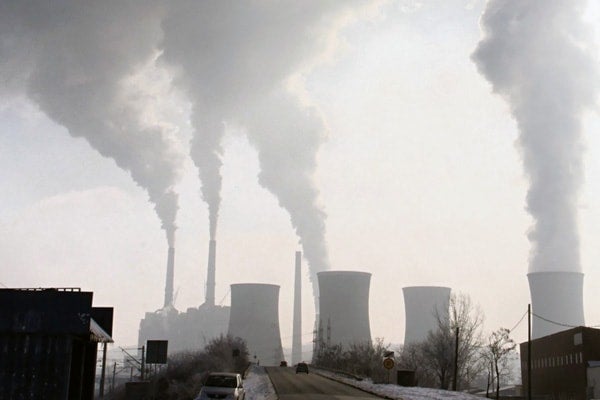
American greenhouse-gas emissions regulations and their implications for Canada
Published: June 6, 2014
This week, President Barack Obama unveiled significant new regulations to reduce greenhouse-gas emissions in the United States – to cut emissions from coal plants by 30 per cent for 2030. The US then called on Canada to take similar action, including on Canada’s fastest-growing source of emissions, oil production.
Douglas Macdonald is academic associate director of the School of the Environment and lead author on a recent report Allocating Canadian Emission Reductions Amongst Sources and Provinces: Learning from the European Union, Australia and Germany (2013). He spoke to writer Kim Luke about emissions regulation developments.
What does the US announcement mean for Canada in terms of our own emissions policy?
Canadian policy has always been closely aligned with US policy, due to business concerns about lost competitive advantage if Canada got too far ahead.
However, under the Chretien administration, Canada did ratify Kyoto after the US pulled out, and former prime minister Paul Martin was proceeding to regulate major sources of greenhouse gases before his defeat in 2005 even though the US was not taking comparable action. The Harper government, however, has said it will only do what the US does, and has made no effort to coordinate its policy with that of the provinces.
Harper and the federal Minister of the Environment, Leona Aglukkaq, maintain that Canada’s policy is aligned with – and actually better than – this recent US initiative. Two years ago, Canada regulated coal-fired electricity generation by requiring that when existing plants reach the end of their natural life, sometime in the 2020s, any replacements would use carbon capture and storage. Harper and Aglukkaq say their policy will contribute to greenhouse gas reduction from that sector of 46 per cent by 2030. However, given Canada’s hydro-electricity resources, coal-fired electricity plants contribute a smaller portion of total emissions than they do in the US.
It is unlikely the Harper government will change that position. This means the Obama administration’s actions, while commendable, are unlikely to cause any change in Canadian federal government policy. Nobody expects to see policy action from Ottawa in any case. It is provinces like Ontario with the coal phase-out, BC with its carbon tax and Nova Scotia with its legally-mandated significant reduction in electricity emissions which are leading the way in Canada.
There’s been some talk of a kind of quid quo pro — if Canada does not follow the US lead, what does it mean for the chances of Keystone pipeline approval?
It is not clear what will decide US federal government action there, but it is far more likely to be the President’s own values and electoral considerations for the Democratic Party than anything a small, insignificant country like Canada does or does not do.
Will this US action have any bearing on the Northern Gateway pipeline decision expected in June?
It does not seem likely. The Northern Gateway initiative is part of the Harper government’s desire to escape being locked in to the American market for oil exports. To the extent that is successful, there is that much less reason to be influenced by US policy, which suggests it will not have a bearing on that decision.
Is there any chance the US could force Canadian action somehow?
There has been some talk of the possibility of climate border adjustment taxes on imports from Canada and other countries and yes, that may happen one day. However, it would have to be part of a major US federal government initiative, based in new legislation rather than the current initiative by the Environmental Protection Agency (EPA) under existing law. If the US takes that kind of action, perhaps as part of a bilateral treaty with China, US business interests would likely demand that sort of protection. If that happened, it would do more to influence Canadian federal government policy than any pressure Canadian environmentalists can bring to bear.
Even though President Obama has not fulfilled his 2008 election promise to address climate, he is taking action. Why the difference with the Canadian federal government? Why are some Canadian provinces (BC, Ontario, Quebec, Nova Scotia) taking more action than federal governments in either country?
The Harper government has its electoral base in the west and is driven by the personal ideology of the Prime Minister. It briefly took policy action in 2007, faced with an upswing in popular opinion and a minority position in the House of Commons. After the 2008 recession and now with a safe majority, this government has no intention of acting. For different reasons in each case, some provinces are acting. Unfortunately, those actions are undercut by projected increases in Alberta’s emissions. Since we have no national policy and all 11 governments act completely independently, that cannot be prevented.



